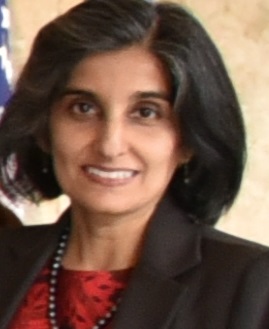



Southeast Asia has an ageing population. Social and economic development in the region has helped lower mortality and fertility rates, and increased life expectancy.
Southeast Asia’s population of persons 60 years of age and over is currently at 8.8 per cent of total population (2018) and is anticipated to reach 24.1 per cent by 2050. The region can benefit from this demographic shift.
Older persons are an asset to society as they contribute towards their family, local community, and society at large. Older persons, especially older women provide child care to grandchildren, and both older men and women contribute to their local community through voluntary activities. Older persons also contribute to the economy through taxes. An increase in the number of older persons has also resulted in the growth of the silver economy, which covers all goods and services used by older persons.
Unfortunately, despite their valuable contributions, older persons experience ageism. Ageism, which is the stereotyping and discrimination against individuals and groups on the basis on their age, takes various forms. It includes prejudicial attitudes, which lead to discriminatory institutional policies and practices. Ageism, together with sexism and racism, causes and maintains inequality between people.
Ageism has led to older persons facing difficulties in maintaining or finding a job as they are assumed to be slow, incompetent, and lacking digital skills. They also face difficulties in getting loans approved as banks may be concerned on their capability to repay any loan granted. Health conditions suffered by older persons are sometimes dismissed as being due to “old age” causing them to receive no or substandard treatment in the workplace.
The media further perpetuates ageism. In movies, older persons are portrayed in stereotypical roles of being old, frail, and forgetful. Often, ageism is disguised through jokes on ageing. The advertising industry also perpetuates ageism by equating beauty with youth. This has led to a proliferation of anti-ageing products in the form of cosmetics, hair dyes, and nutritional products, among others. Perhaps the most pressing concern is an older person’s internalisation of ageism. Older persons who hold prejudicial attitudes towards ageing experience damaged self-worth and poorer health outcomes, which may even shorten lives.

It is necessary for attitudes on ageism to be challenged. A shift in mindset that poor health is inevitable in older age to one that embraces healthy ageing, is needed. It needs to be recognised that older persons are a diverse group with differing needs and capacities, and continue to have the ability to contribute to society. Government expenditure on education, health care, and social protection should be viewed as investments in human capital, rather than a financial burden. Measures need to be taken to mainstream ageing into relevant policies. As women tend to live longer than men and make up a larger proportion of older persons, social policies must include the gender dimension.
Older women face the double burden of ageism and sexism. The COVID-19 pandemic has clearly demonstrated the vulnerabilities of older women. Due to their work in the informal sector and unpaid domestic work, older women have limited access to social protection, are experiencing increased burden of providing care and the loss of livelihood, due to the pandemic.
ASEAN has adopted various commitments to improve the lives of older persons. These commitments provide an opportunity to address and remove all forms of ageism.




